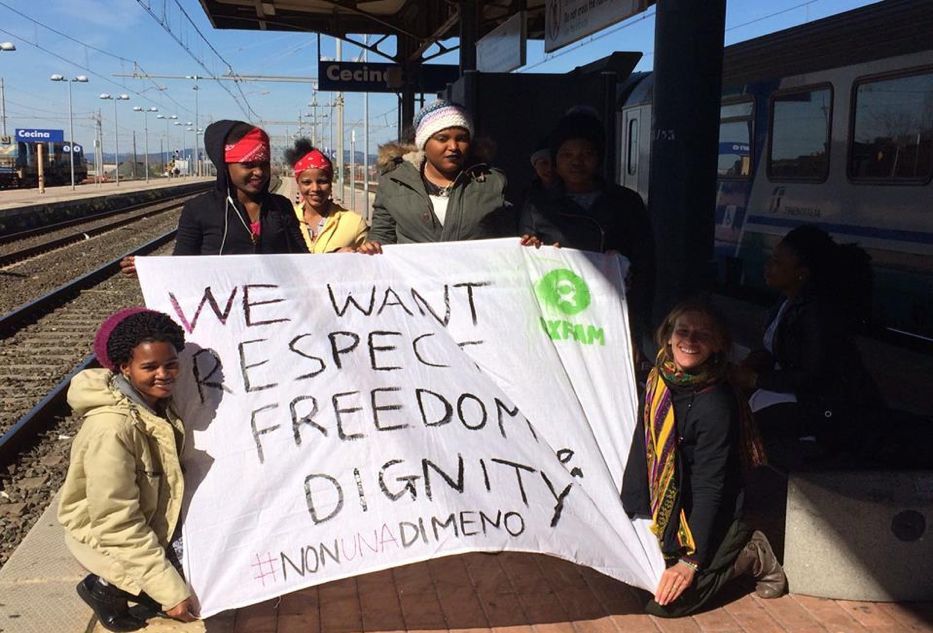How many women migrants are there?
Back to: Gender based violence in the context of forced migrations

In the world
there are approximately 35 million woman migrants (accounting for half of the “displaced” persons), a third of whom – about 10 million – are refugees (“forced migration”). Most of the “active” women migrants are introduced into the domestic work markets they make a significant contribution to the WELFARE and GDP of the western nations (Europe, America, Oceania) and the Middle East.
In Europe 28
there are about 16 million (47% of the foreign citizens from outside the EU) and they are considered the “Achilles’ heel” of European policies. Despite the calls for gender equality in the integration processes, the access of migrant women to public, political and economic life remains limited (Perrillo, 2016).
In Italy?
There are 2,700,000 woman migrants (about 52.7% of the resident foreign population).
Representation in the national groups
57% of Romanian citizens; 48.1% of Albanians, 45.9% of Moroccans, 79% of Ukrainians, 49% of Chinese people; 66.1% of Moldavians and 73.3% of Poles.
Levels of Activity
Eight foreign women out of 10 have permits for work or family reunification; only 2 have other types of permits; they often have a good cultural profile.
The trend of migrant women
1945-1973
immigrant = guest worker; women were mainly seen as mothers and wives and were not fully tolerated. They were deprived of their social and political rights = Invisible women. Disadvantaged or excluded from the employment market
From 1973 to the turn of the century
The world was turned on its head by the oil shock. Europe closed the frontiers = fortress Europe. 1980s: Women came to account for 50%. 1990s: Women immigrants exceeded male immigrants. Processes of cultural change in genders roles and family roles were sparked = Women as bringers of change
2000s-today
With the immigration amnesties in 2002 a high number of immigrants were regularised in the employment sector, especially domestic workers and caregivers. The phenomenon of trafficking emerged. Increase in the requests for asylums and in illegal work by women = Women as springboard for integration; Women at risk.